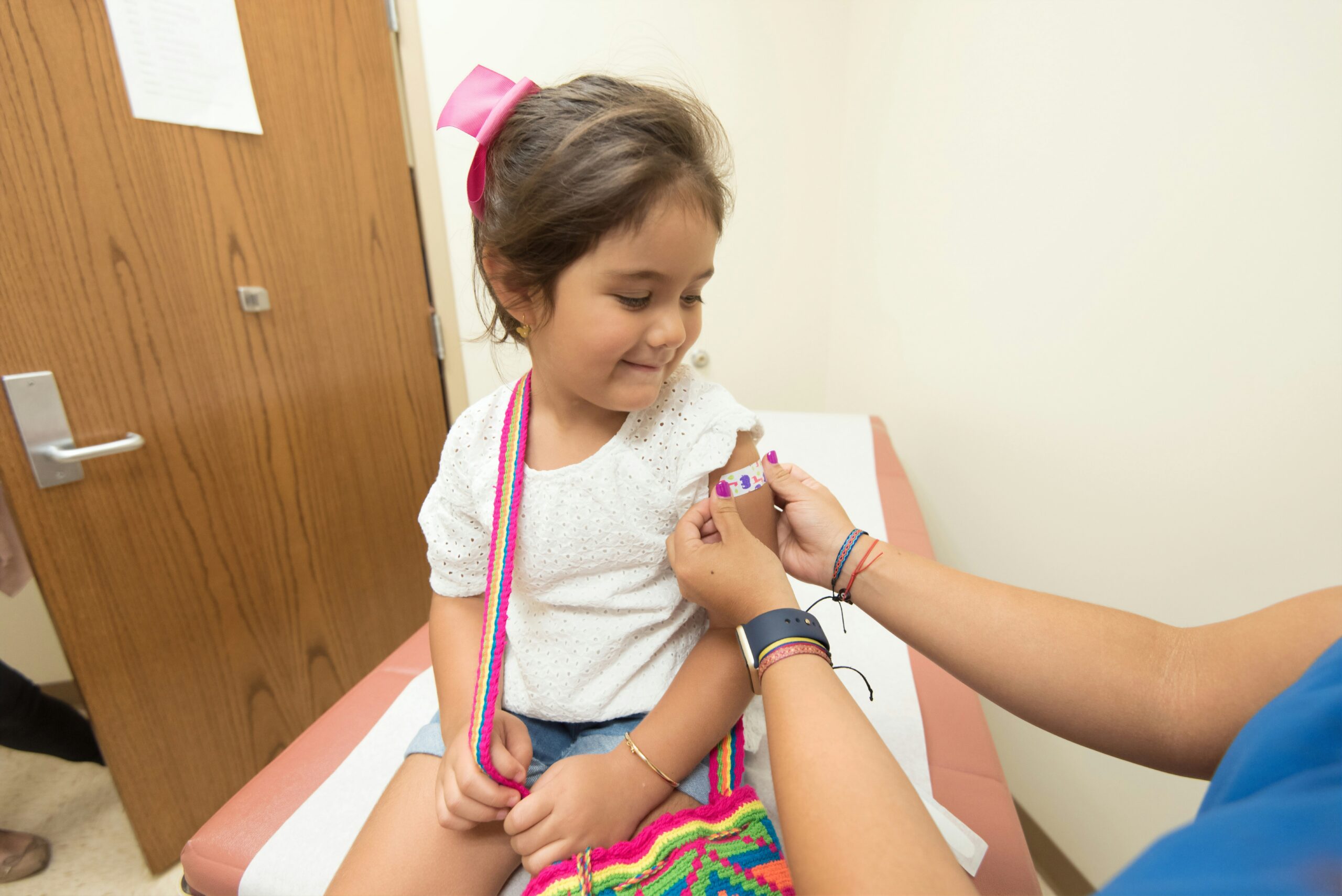
What is Laryngo-Tracheo-Bronchitis?
Laryngo-tracheo-bronchitis, commonly known as viral croup, is an infection that affects the upper respiratory tract in children. This illness causes inflammation of the larynx, trachea, and bronchi, leading to the characteristic symptoms associated with croup. Typically, it is caused by viral infections, particularly the parainfluenza virus, and is most prevalent in children aged six months to three years.
Symptoms to Watch For
Parents should be aware of the symptoms of laryngo-tracheo-bronchitis. The most common signs include a barking cough, hoarseness, and difficulty breathing. Fever may also accompany these symptoms, usually signifying the body’s response to the viral infection. While mild cases can often be managed at home, severe symptoms warrant immediate medical attention.
Treatment and Management Options
Treatment for laryngo-tracheo-bronchitis mainly involves supportive care. Humidity can alleviate breathing difficulties, and over-the-counter medications may help reduce fever and discomfort. However, in more severe situations, doctors may prescribe corticosteroids to help reduce airway inflammation. It is essential to consult a healthcare provider for personalized advice tailored to your child’s needs.
Laryngo-Tracheo-Bronchitis (LTB), also known as croup, is a common respiratory illness in children. It is characterized by inflammation of the larynx (voice box), trachea (windpipe), and bronchi (airways).
Causes and Risk Factors:
- Viral Infections: Parainfluenza virus, influenza virus, and respiratory syncytial virus (RSV) are common causes of LTB.
- Allergies: Allergies to dust, pollen, or pet dander can trigger LTB.
- Anatomy: Narrow airways and a smaller larynx make children more prone to LTB.
- Age: Children under 5 years are more susceptible to LTB.
Symptoms:
- Hoarse Voice: A hoarse or raspy voice.
- Barking Cough: A distinctive barking cough.
- Stridor: A high-pitched sound while inhaling.
- Difficulty Breathing: Difficulty breathing or rapid breathing.
- Fever: A low-grade fever, usually less than 102°F (39°C).
Diagnosis:
- Physical Examination: A thorough physical examination to assess breathing and airway patency.
- Medical History: A detailed medical history to identify underlying conditions or risk factors.
- Imaging Studies: Imaging studies, such as X-rays or CT scans, to evaluate the airways and lungs.
- Laboratory Tests: Laboratory tests, such as blood tests or viral cultures, to identify the underlying cause.
Treatment:
- Supportive Care: Supportive care, such as fluids, oxygen, and rest.
- Medications: Medications, such as corticosteroids, bronchodilators, and antihistamines, to reduce inflammation and alleviate symptoms.
- Humidification: Humidification to add moisture to the air and relieve congestion.
- Hospitalization: Hospitalization may be necessary in severe cases to provide close monitoring and supportive care.
Complications:
- Respiratory Failure: Respiratory failure, requiring mechanical ventilation.
- Airway Obstruction: Airway obstruction, requiring intubation.
- Pneumonia: Pneumonia, a secondary bacterial infection.
- Long-term Consequences: Recurrent LTB episodes can lead to long-term consequences, such as chronic cough, wheezing, and asthma.
Prevention:
- Vaccination: Vaccination against influenza and RSV can help prevent LTB.
- Good Hygiene: Practicing good hygiene, such as frequent handwashing, can help reduce the risk of transmission.
- Avoiding Irritants: Avoiding irritants, such as tobacco smoke and pollution, can help reduce the risk of LTB.
